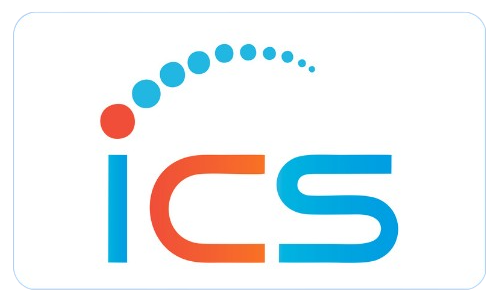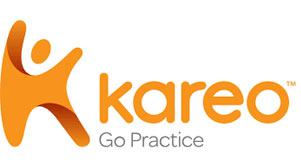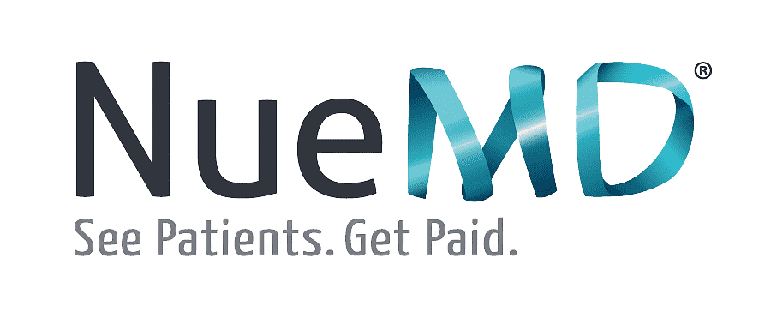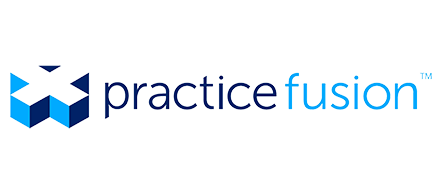Effective management of revenue cycles (RCM) is essential for maintaining the financial well-being of medical practices. Two predominant approaches to managing medical billing have emerged: the Traditional Medical Billing method and the Full-Time Equivalent (FTE) Model in medical billing services. Understanding the differences between these two models can significantly impact a practice’s operational efficiency, financial stability, and overall patient care.
Traditional Medical Billing: A Closer Look
Traditional medical billing typically involves in-house management of the entire billing process within a medical practice. This approach requires dedicated staff members who handle patient registration, insurance verification, medical coding, claim submission, and payment processing. Here’s a breakdown of how traditional medical billing operates:
- Complexity and Challenges: Traditional billing processes are intricate, involving interactions with patients, coders, payers, and clearinghouses. Each step, from patient registration to claim submission, demands meticulous attention to detail to avoid errors that can lead to claim denials or delays.
- Manual Processes: One of the primary drawbacks of traditional medical billing is its reliance on manual data entry and processing. This manual handling increases the risk of errors such as misinterpretation of codes or data entry mistakes, which can adversely affect cash flow and operational efficiency.
- Compliance and Security: Staying compliant with evolving billing regulations and patient data security standards is a continuous challenge for in-house billing teams. Non-compliance can result in heavy fines, reputational damage, and legal repercussions for medical practices.
- Scalability Issues: As patient volumes fluctuate, traditional billing systems may struggle to scale efficiently. Resource-intensive processes and limitations in technology can hinder the ability of medical practices to handle increased workload effectively.
The Full-Time Equivalent (FTE) Model: Advantages and Considerations
Contrasting with traditional billing, the FTE model offers an outsourced solution where a dedicated team of billing professionals manages the entire billing process on behalf of the medical practice. Here’s an exploration of the FTE model’s key features and benefits:
- Outsourcing Benefits: By outsourcing billing functions to providers like Outsource Medical Billing Services Providers in India, medical practices can access specialized expertise in medical billing, coding, and revenue cycle management without the overhead costs of maintaining an in-house team.
- Cost-Effectiveness: The FTE model often proves more cost-effective than traditional billing due to predictable pricing structures based on hourly rates or transaction fees. This financial predictability can be advantageous for practices with variable patient volumes.
- Enhanced Efficiency: Outsourced billing teams are equipped with advanced technology and streamlined processes, leading to faster claim processing, reduced errors, and improved revenue cycle performance. Medical staff can devote more attention to patient care due to this increased efficiency.
- Flexibility and Scalability: FTE providers offer flexibility in staffing levels and scalability to accommodate changes in practice size or patient volume. This adaptability ensures that billing operations remain efficient and responsive to practice needs.
- Risk Management: Despite its benefits, the FTE model carries inherent risks, such as operational dependency on the vendor and potential disruptions in service if the provider experiences financial instability or breaches in compliance.
Choosing Between Traditional Medical Billing and the FTE Model
Deciding between traditional medical billing and the FTE model requires careful consideration of several factors:
- Control and Oversight: While traditional billing offers direct control over billing processes, the FTE model allows practices to maintain oversight while leveraging specialized expertise and operational efficiencies.
- Financial Considerations: Assessing the costs associated with each billing model, including staffing, training, technology investments, and potential revenue leakage, is crucial in determining financial viability.
- Compliance and Security: Understanding the compliance requirements and security measures of both billing models ensures that patient data remains protected and practice operations comply with regulatory standards.
- Scalability and Flexibility: Aligning the scalability capabilities of each model with the practice’s growth trajectory ensures that billing operations can efficiently support increasing patient volumes and expanding services.
Conclusion
In conclusion, the choice between traditional medical billing and the FTE model in Healthcare revenue cycle management hinges on a practice’s unique needs, financial considerations, and strategic goals. While traditional billing offers control and familiarity, the FTE model presents opportunities for cost savings, efficiency gains, and enhanced compliance. By carefully evaluating these factors, medical practices can optimize their revenue cycle management and prioritize delivering exceptional patient care using the Full-Time Equivalent (FTE) Model in Healthcare revenue cycle management.



























